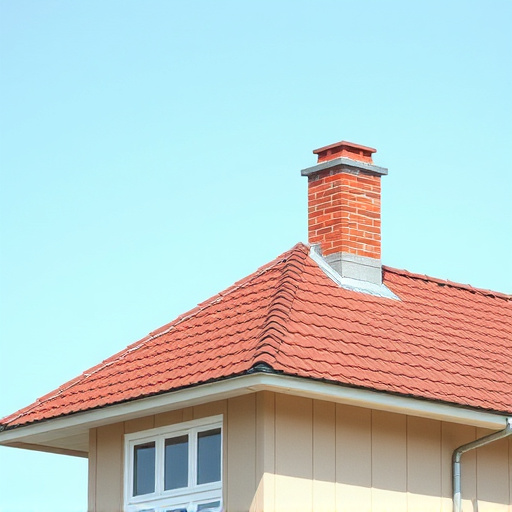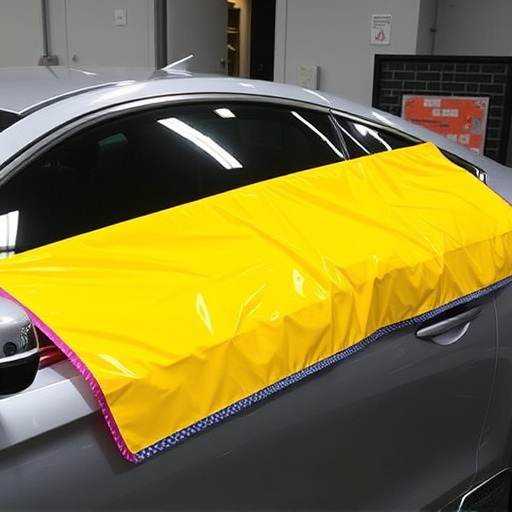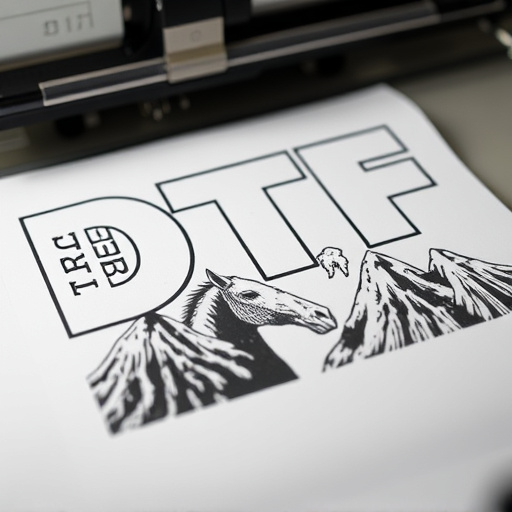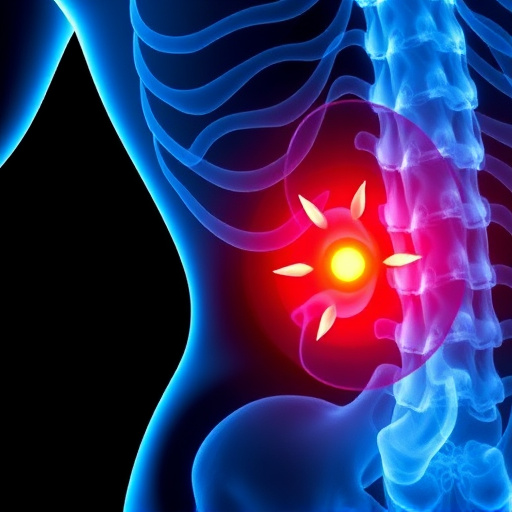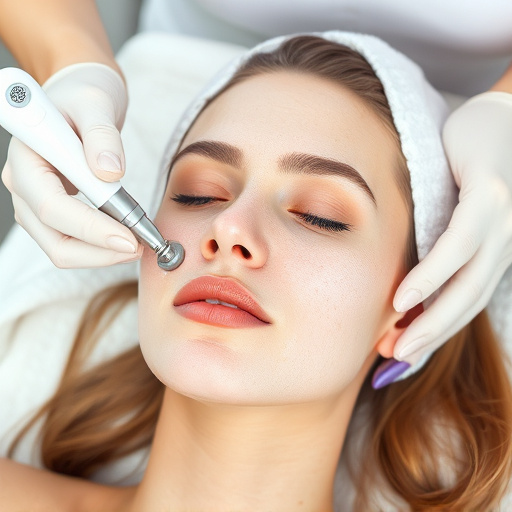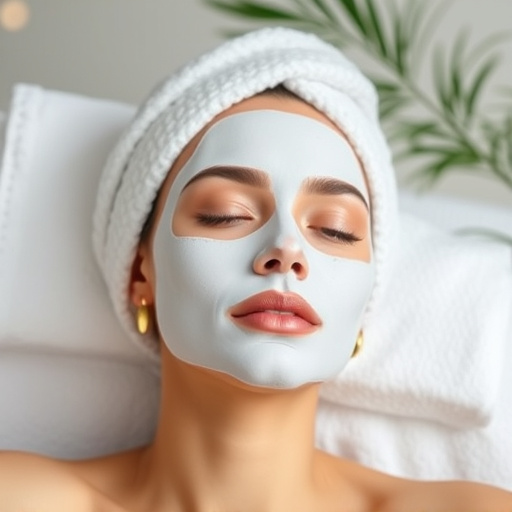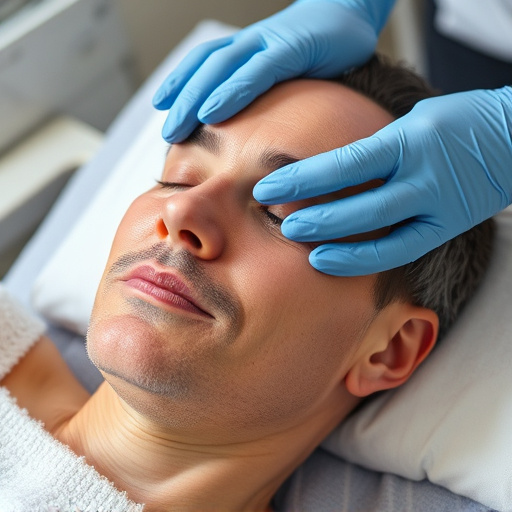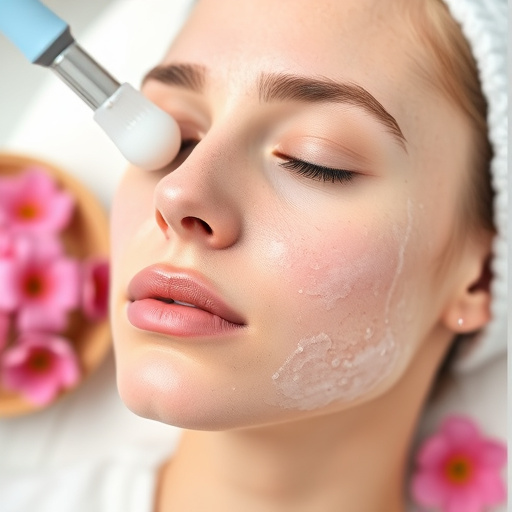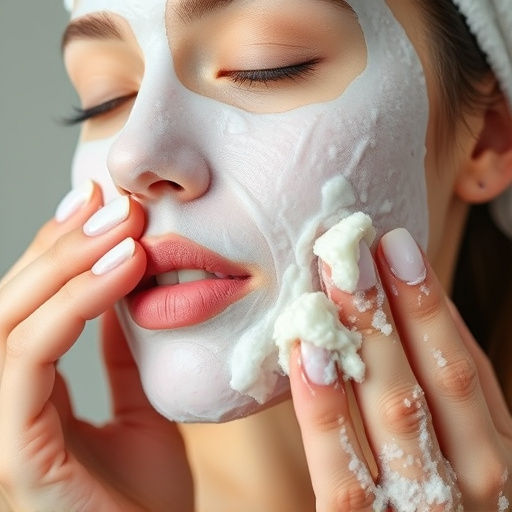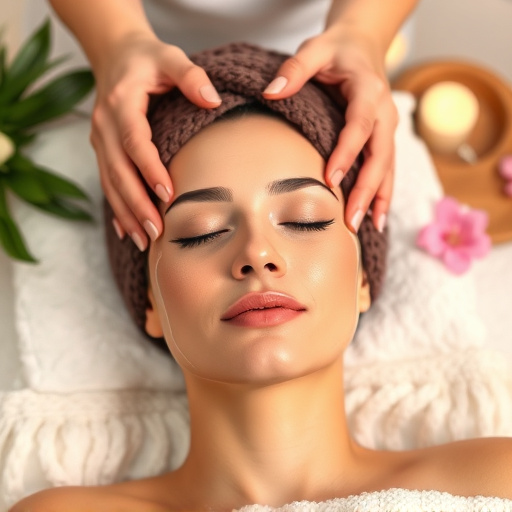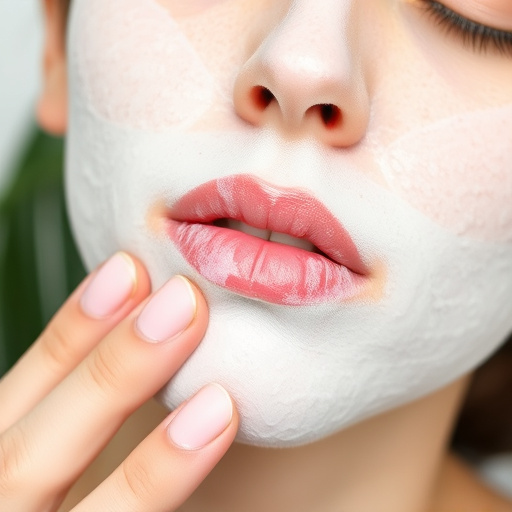Fine line treatment options include microneedling, chemical peels, and Botox, with varying effectiveness and timelines. Static wrinkles from muscle contractions (expression lines) differ from dynamic lines caused by skin loss and dehydration. Skin type, wrinkle severity, healing capabilities, and chosen method impact results, with thicker wrinkles potentially needing longer plans. Hydrating facials offer quick initial improvements but require regular maintenance. Consulting a dermatologist is crucial for personalized fine line treatment recommendations.
Looking to banish those telltale signs of aging, like fine lines? Understanding how long it takes to effectively treat them is crucial for setting realistic expectations. This comprehensive guide delves into the world of fine lines treatment, exploring different types and causes, along with various treatment options and their timelines. We’ll also uncover factors that can influence duration and success rates, empowering you with knowledge for your journey towards smoother skin.
- Understanding Fine Lines: Types and Causes
- Treatment Options and Their Effectiveness Timelines
- Factors Influencing Treatment Duration and Success Rate
Understanding Fine Lines: Types and Causes
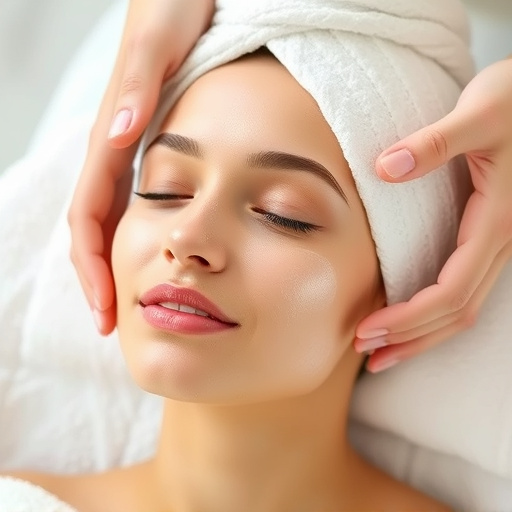
Fine lines are a natural part of the aging process, but they can also be influenced by various other factors. Understanding the different types and causes of fine lines is crucial in determining the most effective treatment approach. There are primarily two categories: static and dynamic lines. Static fine lines, often referred to as expression lines, are permanent wrinkles caused by repetitive muscle contractions, such as frowning or squinting. These lines tend to form around the eyes, mouth, and forehead, due to prolonged exposure to sun damage, smoking, and genetic predisposition.
On the other hand, dynamic lines, also known as temporal wrinkles, form and disappear over time with muscle movement. They often appear as shallow indentations or creases and are primarily caused by skin loss, dehydration, environmental factors like pollution and UV rays, and certain lifestyle choices, such as excessive alcohol consumption and poor diet. To address these concerns, many individuals opt for various non-invasive procedures, including microneedling therapy, which involves pricking the skin with tiny needles to stimulate collagen production, thus improving skin texture and elasticity. Other popular methods focus on skin tightening techniques to lift and firm the appearance of fine lines around the eyes and mouth, contributing to overall skin health.
Treatment Options and Their Effectiveness Timelines
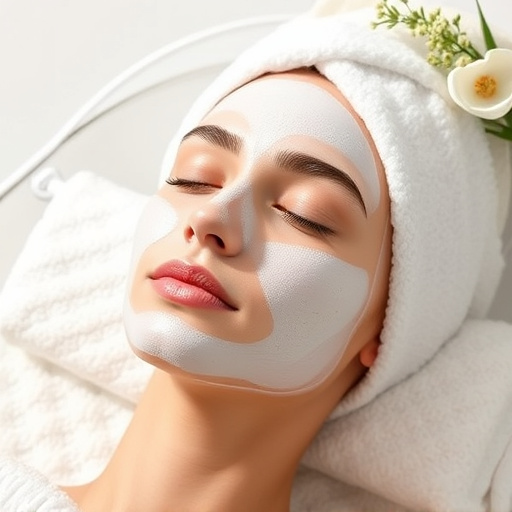
The journey to achieving smoother skin and reducing the appearance of fine lines involves exploring various treatment options, each with its own effectiveness timeline. One popular choice in the realm of anti-aging treatments is microneedling therapy. This procedure involves using tiny needles to create controlled micro-injuries in the skin, stimulating collagen production and improving skin texture. The benefits can be seen over several weeks as the body repairs itself, resulting in a more youthful complexion. Medical spa services also offer a range of options, including chemical peels, which chemically exfoliate the skin to reduce fine lines and improve overall tone. While immediate results may not be visible, these treatments often show significant improvements after 2-4 weeks of regular sessions.
Other non-invasive procedures like Botox injections have become go-to anti aging treatments for many. The effects typically take effect within a week or two, providing a temporary yet effective solution to smoothen expression lines and wrinkles. However, the duration of these results varies, lasting anywhere from 3 to 6 months, after which top-up sessions are recommended. Each treatment has its advantages and optimal timelines, making it essential for individuals to consult dermatologists or qualified professionals to determine the best fine lines treatment based on their specific needs and skin type.
Factors Influencing Treatment Duration and Success Rate
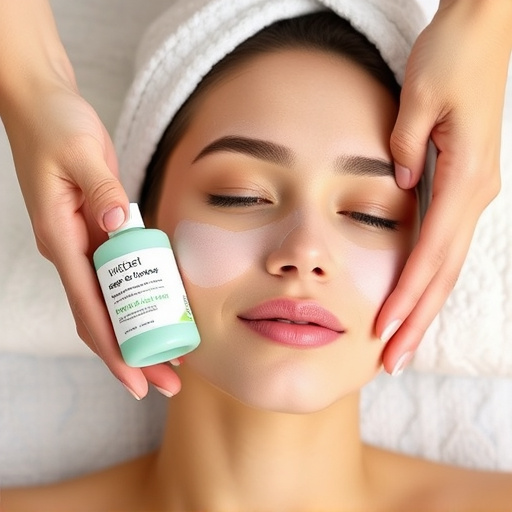
The duration and effectiveness of fine lines treatment vary significantly based on several factors. Firstly, the type of skin and the severity of wrinkles play a crucial role. Thicker, more pronounced lines might require longer treatment plans compared to finer, newer creases. Additionally, individual healing capabilities and skin response to treatments can influence outcomes—some individuals may notice improvements faster due to their body’s natural regeneration processes.
Another key consideration is the method chosen for fine lines treatment, such as hydrating facials, chemical peels, or anti-aging treatments. These procedures have varying levels of intensity and recovery times. Chemical peels, for instance, can be more effective in reducing the depth of wrinkles but may take several sessions spread over a few weeks to achieve noticeable results. Hydrating facials offer a gentler approach, enhancing skin hydration and elasticity, which could show initial improvements within a shorter span, around 1-2 weeks, but longer-lasting effects might require regular maintenance.
Treating fine lines effectively varies based on individual factors and chosen methods. Understanding the types and causes of these skin concerns is key, alongside recognizing that different treatment options carry distinct effectiveness timelines. Factors like skin type, age, lifestyle, and adherence to a regimen significantly influence the duration and success rate of fine lines treatment. By selecting appropriate techniques and maintaining consistency, one can achieve noticeable improvements in the appearance of fine lines over time.

